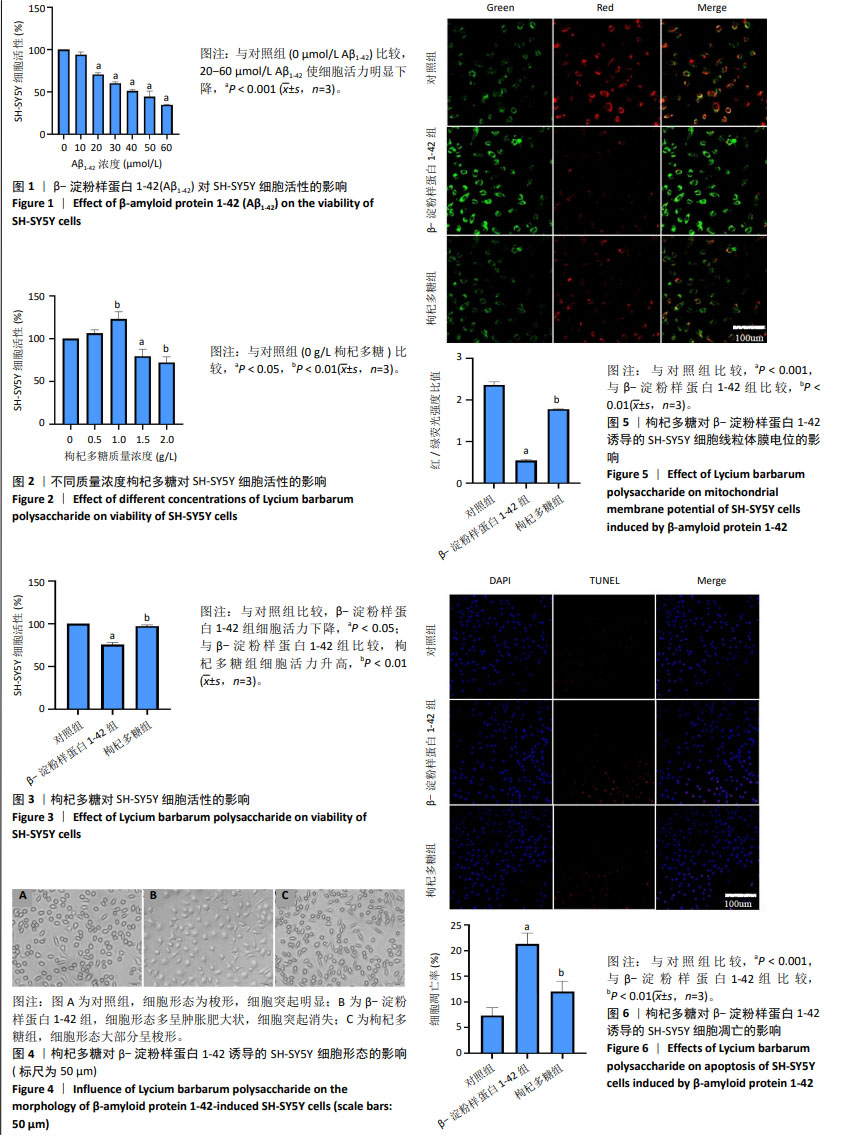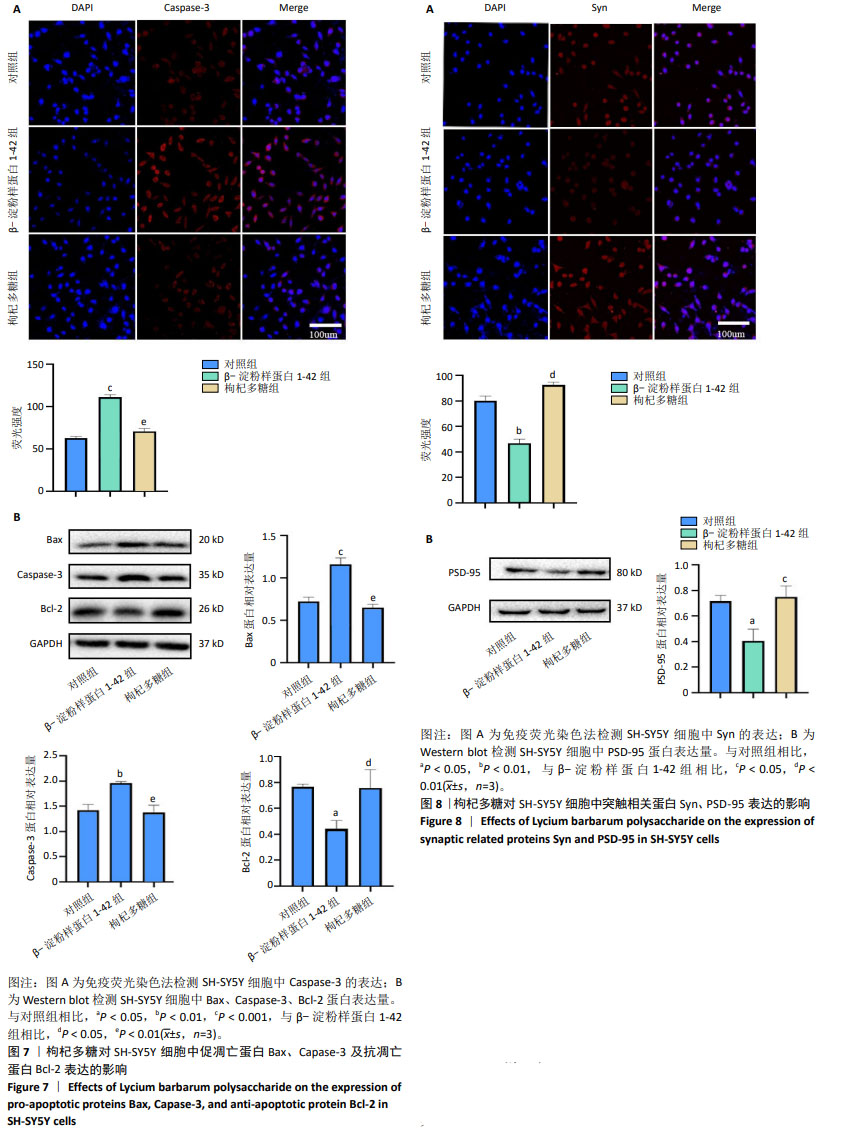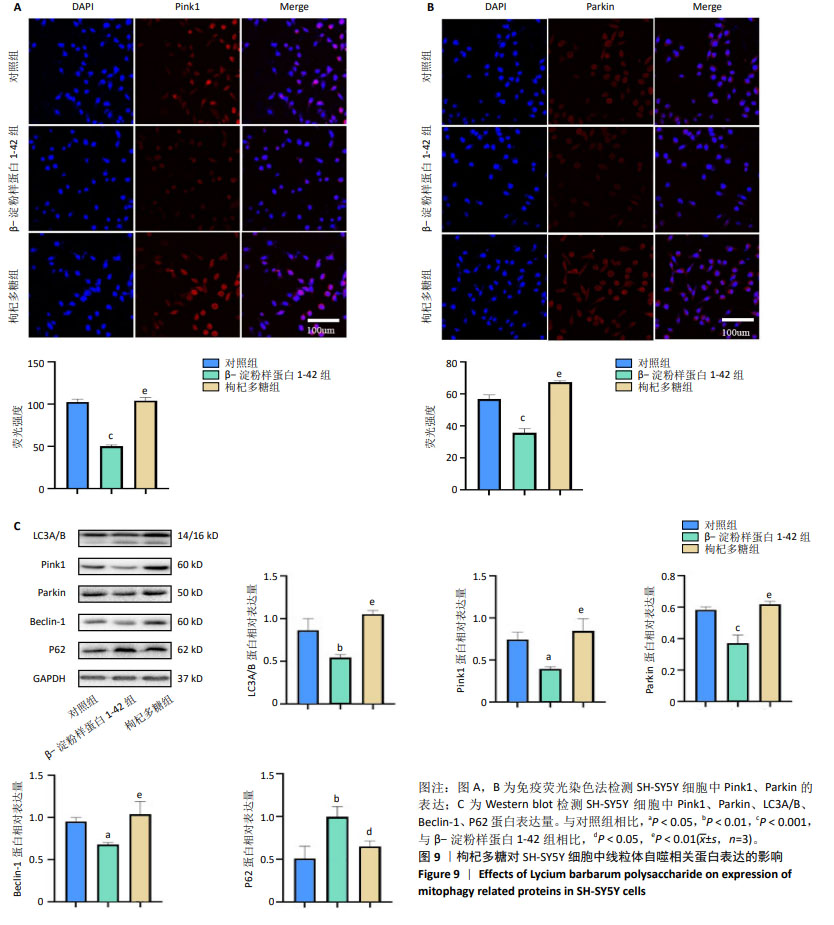[1] LU Y, LI Z, ZHANG S, et al. Cellular mitophagy: Mechanism, roles in diseases and small molecule pharmacological regulation. Theranostics. 2023;13(2):736-766.
[2] REISS AB, GULKAROV S, JACOB B, et al. Mitochondria in Alzheimer’s Disease Pathogenesis. Life (Basel). 2024 ;14(2):196.
[3] PRADEEPKIRAN JA, RAWAT P, REDDY AP, et al. DDQ anti-aging properties expressed with improved mitophagy in mutant tau HT22 neuronal cells. Mitochondrion. 2024;75:101843.
[4] MARY A, EYSERT F, CHECLER F, et al. Mitophagy in Alzheimer’s disease: Molecular defects and therapeutic approaches. Mol Psychiatry. 2023; 28(1):202-216.
[5] PRADEEPKIRAN JA, BAIG J, SEMAN A, et al. Mitochondria in Aging and Alzheimer’s Disease: Focus on Mitophagy. Neuroscientist. 2024; 30(4):440-457.
[6] LI J, LI M, GE Y, et al. β-amyloid protein induces mitophagy-dependent ferroptosis through the CD36/PINK/PARKIN pathway leading to blood-brain barrier destruction in Alzheimer’s disease. Cell Biosci. 2022;12(1):69.
[7] ZHAO N, ZHANG X, LI B, et al. Treadmill Exercise Improves PINK1/Parkin-Mediated Mitophagy Activity Against Alzheimer’s Disease Pathologies by Upregulated SIRT1-FOXO1/3 Axis in APP/PS1 Mice. Mol Neurobiol. 2023;60(1):277-291.
[8] ZHOU Y, ZHAO Q, ZHANG Y, et al. A new andrographolide derivative ADA targeting SIRT3-FOXO3a signaling mitigates cognitive impairment by activating mitophagy and inhibiting neuroinflammation in Apoe4 mice. Phytomedicine. 2024;124:155298.
[9] WANG N, YANG J, CHEN R, et al. Ginsenoside Rg1 ameliorates Alzheimer’s disease pathology via restoring mitophagy. J Ginseng Res. 2023;47(3):448-457.
[10] WANG Y, SONG C, YIN G, et al. Alleviation of behavioral deficits, amyloid-β deposition, and mitochondrial structure damage associated with mitophagy upregulation in AD animal models via AAV9-IGF-1 treatment. Brain Res. 2024;1827:148743.
[11] CEN X, CHEN Y, XU X, et al. Pharmacological targeting of MCL-1 promotes mitophagy and improves disease pathologies in an Alzheimer’s disease mouse model. Nat Commun. 2020;11(1):5731.
[12] JIANG SJ, XIAO X, LI J, et al. Lycium barbarum polysaccharide-glycoprotein ameliorates ionizing radiation-induced epithelial injury by regulating oxidative stress and ferroptosis via the Nrf2 pathway. Free Radic Biol Med. 2023;204:84-94.
[13] YANG Y, YU L, ZHU T, et al. Neuroprotective effects of Lycium barbarum polysaccharide on light-induced oxidative stress and mitochondrial damage via the Nrf2/HO-1 pathway in mouse hippocampal neurons. Int J Biol Macromol. 2023;251:126315.
[14] GAO J, WANG Y, HAN R, et al. Elevated KDM4D Expression in Pterygium: Impact and Potential Inhibition by Lycium Barbarum Polysaccharide. J Ocul Pharmacol Ther. 2024;40(3):181-188.
[15] FEDELE E. Anti-Amyloid Therapies for Alzheimer’s Disease and the Amyloid Cascade Hypothesis. Int J Mol Sci. 2023;24(19):14499.
[16] FANG EF, HOU Y, PALIKARAS K, et al. Mitophagy inhibits amyloid-β and tau pathology and reverses cognitive deficits in models of Alzheimer’s disease. Nat Neurosci. 2019;22(3):401-412.
[17] PIRES M, REGO AC. Apoe4 and Alzheimer’s Disease Pathogenesis-Mitochondrial Deregulation and Targeted Therapeutic Strategies. Int J Mol Sci. 2023;24(1):778.
[18] ZENG K, YU X, MAHAMAN YAR, et al. Defective mitophagy and the etiopathogenesis of Alzheimer’s disease. Transl Neurodegener. 2022; 11(1):32.
[19] ZHU S, LI X, DANG B, et al. Lycium Barbarum polysaccharide protects HaCaT cells from PM2.5-induced apoptosis via inhibiting oxidative stress, ER stress and autophagy. Redox Rep. 2022;27(1):32-44.
[20] WANG J, GAO H, XIE Y, et al. Lycium barbarum polysaccharide alleviates dextran sodium sulfate-induced inflammatory bowel disease by regulating M1/M2 macrophage polarization via the STAT1 and STAT6 pathways. Front Pharmacol. 2023;14:1044576.
[21] LAI S, LIU C, LIU C, et al. Lycium barbarum polysaccharide-glycoprotein promotes osteogenesis in hPDLSCs via ERK activation. Oral Dis. 2023; 29(8):3503-3513.
[22] LAKSHMANAN Y, WONG FSY, SO KF, et al. Potential role of Lycium barbarum polysaccharides in glaucoma management: evidence from preclinical in vivo studies. Neural Regen Res. 2023;18(12):2623-2632.
[23] 叶红霞,贺颖西,齐妍强,等.枸杞多糖对阿尔茨海默病合并2型糖尿病小鼠学习记忆能力及脑内Tau蛋白磷酸化水平的影响[J].石河子大学学报(自然科学版),2023,41(3):360-366.
[24] 王玉银,魏文悦,郭敏芳,等.枸杞多糖通过抑制TLR4/NF-κB信号通路促进LPS诱导的BV2小胶质细胞M2型极化[J].细胞与分子免疫学杂志,2021,37(12):1066-1072.
[25] LI R, DUAN W, FENG T, et al. Lycium barbarum polysaccharide inhibits ischemia-induced autophagy by promoting the biogenesis of neural stem cells-derived extracellular vesicles to enhance the delivery of miR-133a-3p. Chin Med. 2023;18(1):117.
[26] EREKAT NS. Apoptosis and its therapeutic implications in neurodegenerative diseases. Clin Anat. 2022;35(1):65-78.
[27] Peng L, Bestard-Lorigados I, Song W. The synapse as a treatment avenue for Alzheimer’s Disease. Mol Psychiatry. 2022;27(7):2940-2949.
[28] SKAPER SD, FACCI L, ZUSSO M, et al. Synaptic Plasticity, Dementia and Alzheimer Disease. CNS Neurol Disord Drug Targets. 2017;16(3): 220-233.
[29] VONGTHIP W, NILKHET S, BOONRUANG K, et al. Neuroprotective mechanisms of luteolin in glutamate-induced oxidative stress and autophagy-mediated neuronal cell death. Sci Rep. 2024;14(1):7707.
[30] ZHAO B, WEI D, LONG Q, et al. Altered synaptic currents, mitophagy, mitochondrial dynamics in Alzheimer’s disease models and therapeutic potential of Dengzhan Shengmai capsules intervention. J Pharm Anal. 2024;14(3):348-370.
[31] TRIGO D, VITÓRIA JJ, DA CRUZ E SILVA OAB. Novel therapeutic strategies targeting mitochondria as a gateway in neurodegeneration. Neural Regen Res. 2023;18(5):991-995.
[32] 韩富华,刘剑刚,孙林娟,等.阿尔茨海默病中线粒体自噬与Aβ42蛋白相互影响的研究进展[J].脑与神经疾病杂志,2022,30(4): 254-257.
[33] UM JH, SHIN DJ, CHOI SM, et al. Selective induction of Rab9-dependent alternative mitophagy using a synthetic derivative of isoquinoline alleviates mitochondrial dysfunction and cognitive deficits in Alzheimer’s disease models. Theranostics. 2024;14(1):56-74. |


